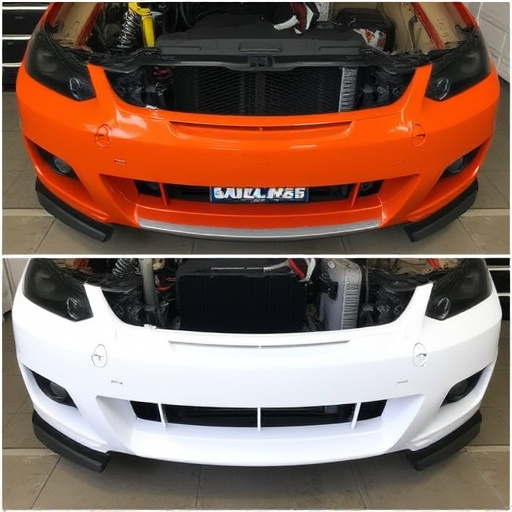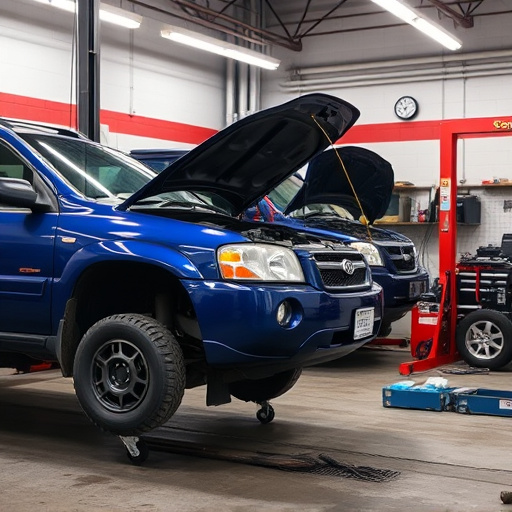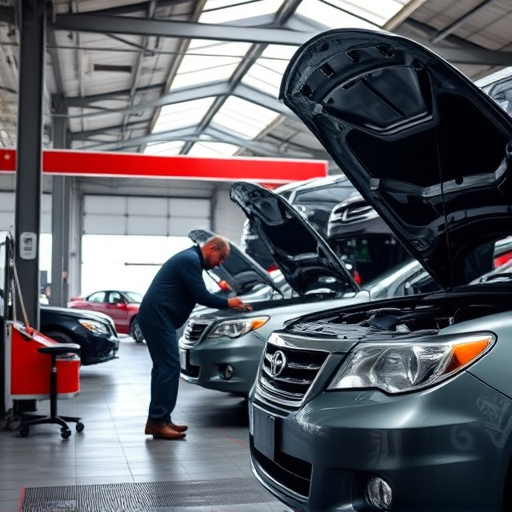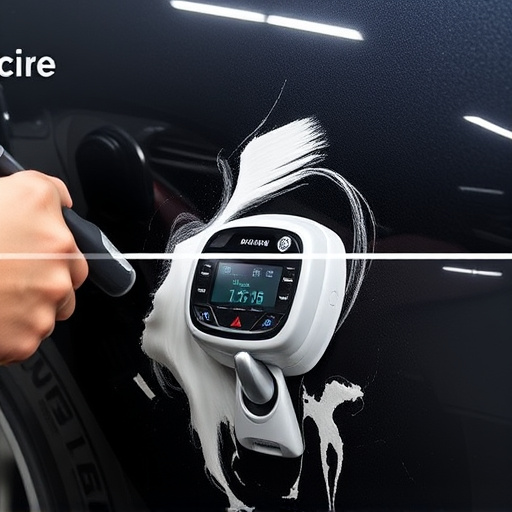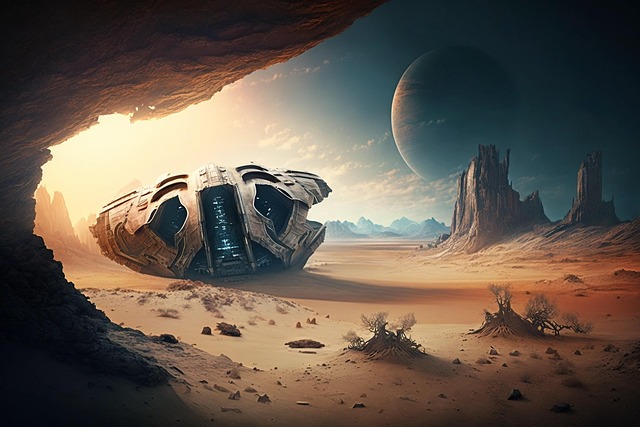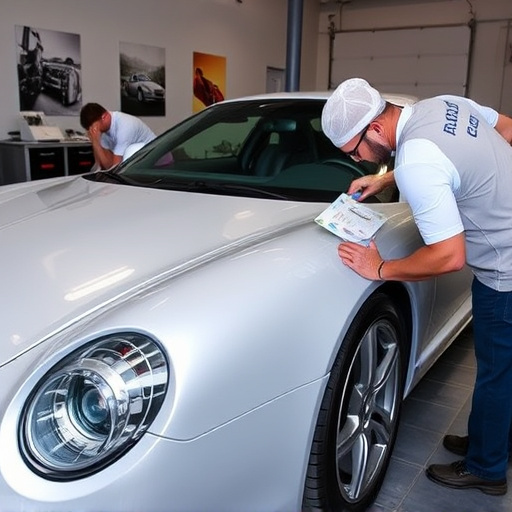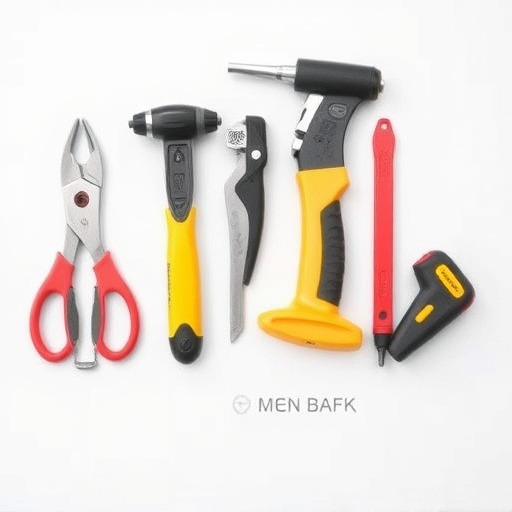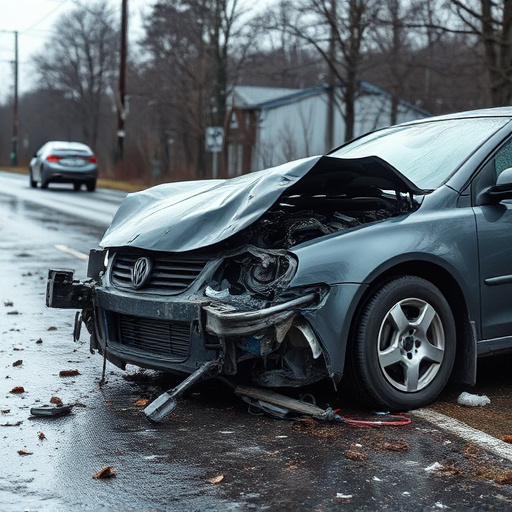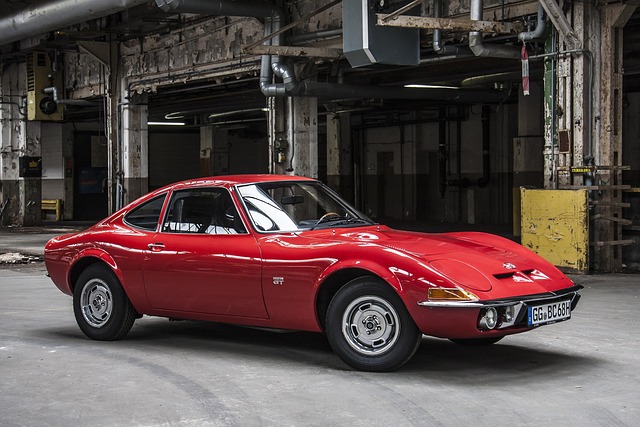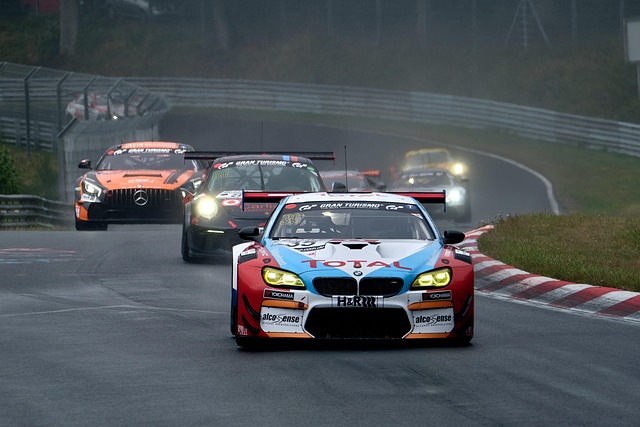Hatchback collision repair begins with a visual inspection for dents, dings, and misaligned body panels, followed by specialized tools to remove them. Experienced technicians diagnose structural damage, including frames, and replace affected parts like bodywork, fenders, doors, bumpers, lights, and mirrors. Advanced paint services and quality assessments ensure safety standards are met, resulting in precise, aesthetic restoration.
Hatchback collision repair is a complex yet essential process that requires understanding the basics to ensure optimal vehicle restoration. In this article, we’ll guide you through the intricacies of hatchback collision repair, focusing on three key sections: Assessing Damage: Initial Steps in Hatchback Repair, Common Parts to Replace After a Collision, and Restoring Safety and Aesthetics: The Process Unveiled. By delving into these areas, you’ll gain valuable insights into the science behind fixing these unique vehicle types.
- Assessing Damage: Initial Steps in Hatchback Repair
- Common Parts to Replace After a Collision
- Restoring Safety and Aesthetics: The Process Unveiled
Assessing Damage: Initial Steps in Hatchback Repair
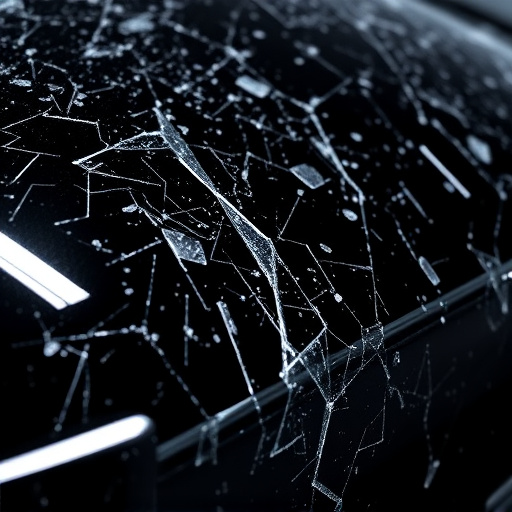
When dealing with a hatchback collision, assessing damage is the initial and crucial step in the repair process. It’s important to thoroughly inspect every part of the vehicle, including the exterior panels, frame, and underbody. Start by visually examining for visible dents, dings, or any misalignment of body panels. This initial evaluation helps determine the extent of the collision and guides the subsequent repairs.
For a comprehensive assessment, utilize specialized tools such as impact guns to remove dented panels for closer inspection. Check for damage to crucial structural components like the frame, which may require professional frame straightening techniques. Engage with experienced technicians from a reliable vehicle body shop to ensure accurate diagnosis and efficient hatchback collision repair tailored to your needs.
Common Parts to Replace After a Collision
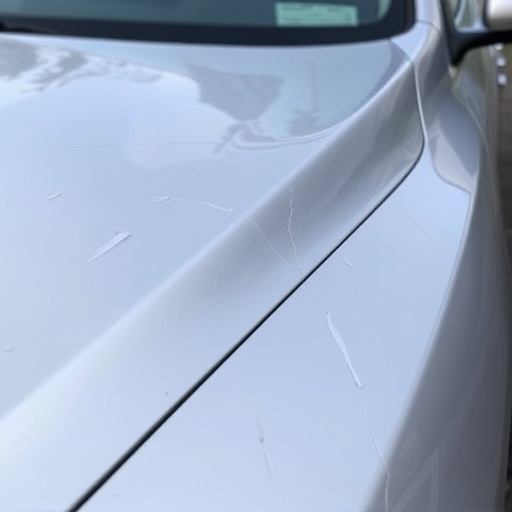
After a hatchback collision, several common parts may require replacement to ensure safe and reliable operation. The most visible and often damaged components include the car’s bodywork, fenders, and doors. These parts typically bear the brunt of impact during a crash, suffering dents, scratches, or even complete deformation. Professional hatchback collision repair involves expertly assessing and replacing these damaged areas to restore the vehicle’s aesthetic appeal and structural integrity.
Additionally, the frame of the car is a critical structure that needs careful attention. Frame straightening is often necessary to realign warped metal and ensure the car maintains its proper shape. This process is crucial for maintaining safety standards as it affects the overall stability and performance of the vehicle. Other components like bumpers, lights, and mirrors might also need to be replaced, depending on the severity of the collision, addressing both functional and cosmetic aspects in hatchback collision repair.
Restoring Safety and Aesthetics: The Process Unveiled
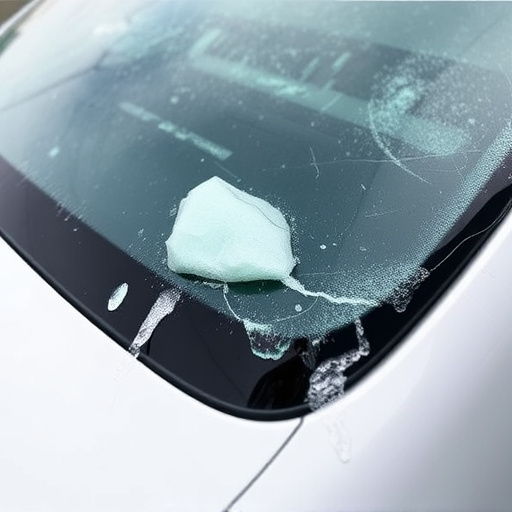
After a hatchback collision, restoring safety and aesthetics is paramount. The process begins with a thorough inspection to identify damage, which may include dents, scratches, or more severe structural issues. Skilled technicians utilize advanced tools for hatchback collision repair, ranging from specialized hammers for dent removal to state-of-the-art welding equipment for structural repairs.
The next stage involves car paint services to match the vehicle’s original finish precisely. This meticulous process ensures not just a visually appealing repair but also maintains the structural integrity of the hatchback. Once painted, the repaired area is assessed for quality, ensuring it meets safety standards. The final step includes a comprehensive quality check, guaranteeing that every aspect of the hatchback collision repair has been executed to perfection, restoring both the car’s safety and its aesthetic appeal.
Hatchback collision repair is a multifaceted process that demands both technical expertise and an understanding of vehicle dynamics. By assessing damage, replacing necessary parts, and adhering to safety standards, professionals can restore these versatile vehicles to their former glory. Whether enhancing aesthetics or ensuring structural integrity, knowing the basics of hatchback collision repair equips car owners with valuable insights, fostering a seamless return to the road.
